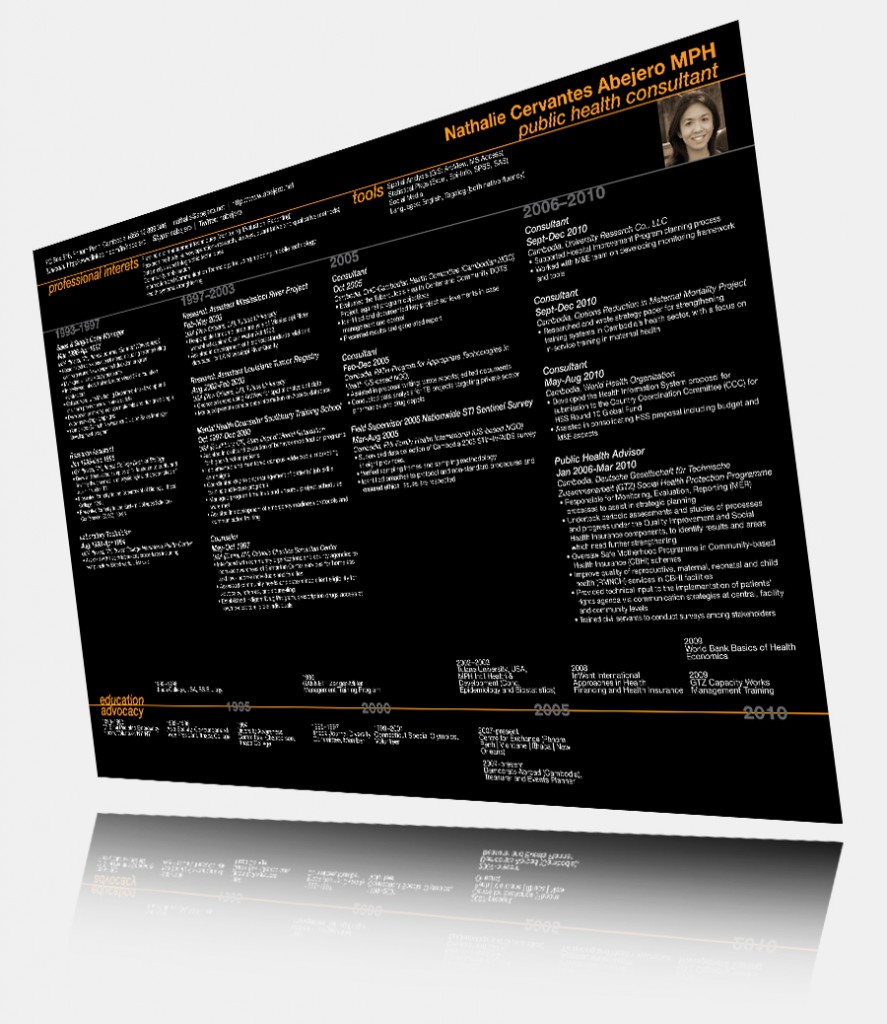The organisation I last worked for didn’t have much interest in maintaining a robust information system to inform its policies. Since data reliability and security were pretty low on their list of concerns, not only was information fragmented among different advisors (who did not know what the others had), but each one also had different versions, subsets– or even names!– for the same dataset. The lack of a proper server meant that these files did not communicate with each other. The dynamic nature of information updating instead was a logistical time suck and coordination nightmare, especially when indicators needed to be reported on. How do you enable your organisational vision when this core technical competency is limited?
Naturally, now that I’ve gone and am reviewing other organisations’ information systems have my appreciation for its critical role increased.
With so much information out there, how do organisations make sure they’re managing and leveraging their intelligence? Here’s Edward Tufte, the data visualisation rock star, in an interview on how organisations ought to approach data:
Companies today have more data than ever. How do you think they should make use of it and make it intuitively visible?
First ask: What is the analysis problem? Don’t begin by searching through application solutions. Ask what you want to learn. Get your key content analysis people two high-res monitors, and let them play with your data for six months and think about the content questions.
Begin with a problem. Have your content experts look at the data and think “gee, if we could only see this and that at the same time, if we could only combine these two data sets … ” The software that you apply to the problem later should only be a by-product of your high-resolution displays and your high-resolution thinking.Another tip: Don’t add any new features until six months after the system is operational. It would be a miracle if, in the last six months, there were a new technology that would save your company. Companies become like cancer patients, looking for a new drug that will save their life.
Those tips help you avoid the money pit that the FAA, IRS, FBI have all fallen into, the enormous software products they’ve adopted and had to abandon. They began by refereeing among software products. Instead you should begin from the surface, listen to your data guys and what they need, and work from the outside in, not the inside out.
I’m a pretty big fan and glad to see his appointment by Obama to the Recovery Accountability and Transparency Board, tasked with tracking the distribution of the $787 billion economic stimulus package Congress passed in 2009. He has to track hundreds of individual stimulus packages around the country, and he has to make it all readable and easily accessible to the public.

